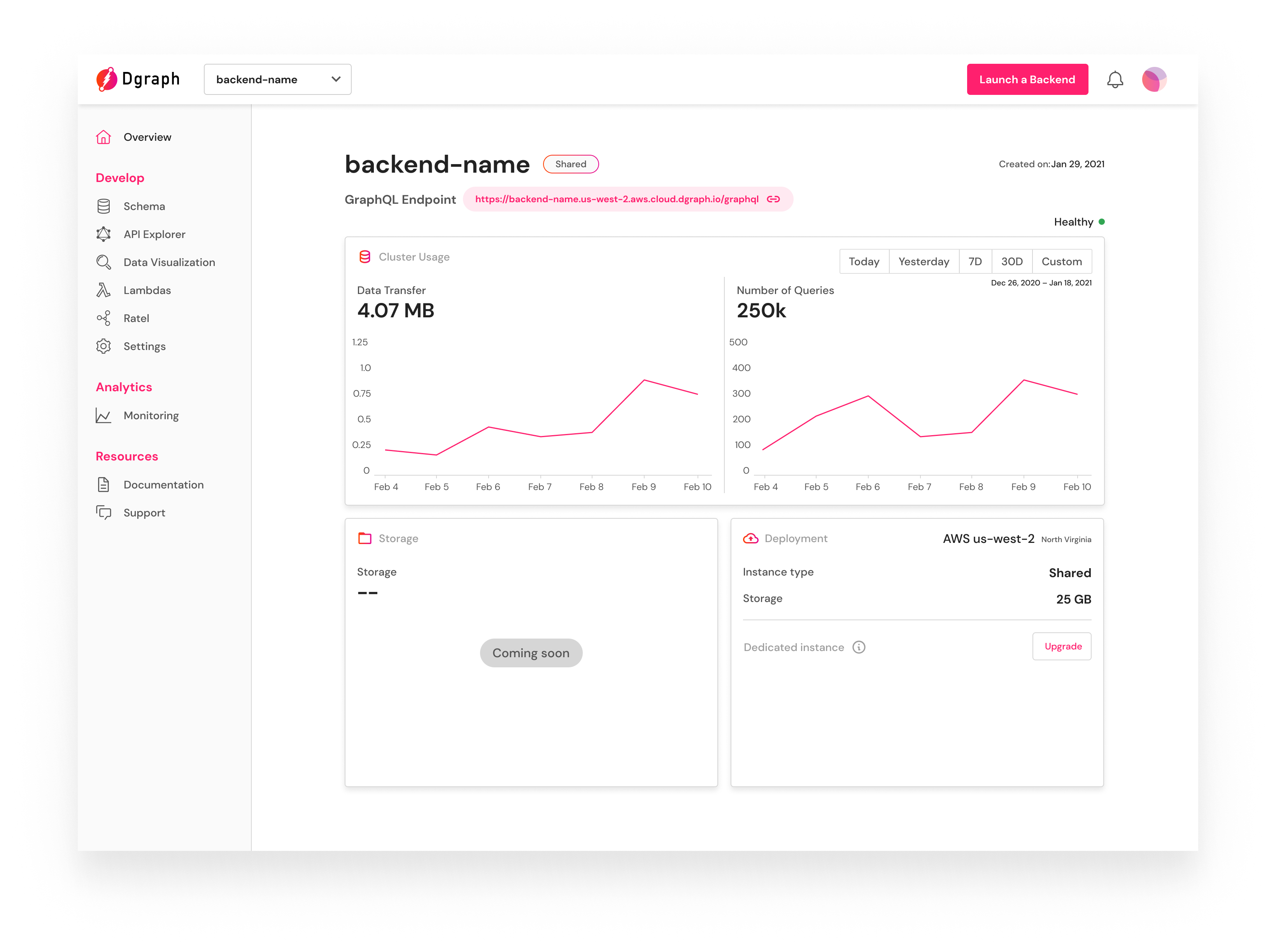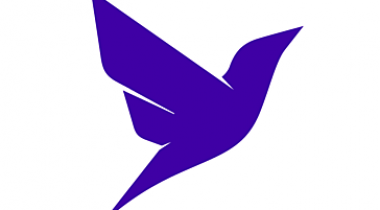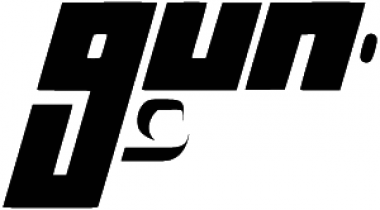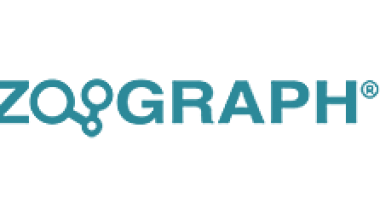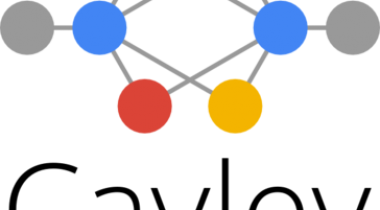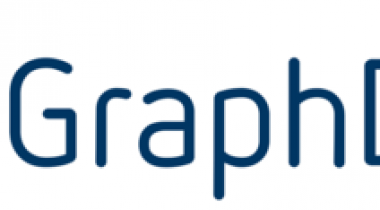What do you like best?
I like high hop query performance with optimal indexing and schema. One hop query is equivalent to fetching all connected edges of a node. A two-hop query is equivalent to fetching all connected nodes of the result of the one-hop query.
We are able to store a very complex data of addresses. The data is unbounded in nature and Dgraph has been tested on 2X size of current data.
There is one other thing to highlight, which is query on reverse edge. These queries are very fast compared to other databases with same indexing and schema.
What do you dislike?
Dgraph requires high RAM to store a graph compare to other graph offerings. The managed offering dosen't provide all functionality which are possible using own kubernates cluster. The management has to be done by yourself or the devops team of the organization.
Recommendations to others considering the product:
I would recommend Dgraph if you can manage it yourself and have a huge data size.
What problems are you solving with the product? What benefits have you realized?
We are storing a vast database of addresses in India and querying the same for new addresses. It is helping us to fetch data for nearby addresses based on the historical data available.
The benifits include
query performance: Based on response time of same query on different databases with same data and schema.
scaling: Self managed kubernates cluster is easy to scale and it takes care of data being replicated from old nodes and new nodes.
loading time of data: The bulk load is way faster in nature to load one time complete data. Live load can be used to add incremental data.




